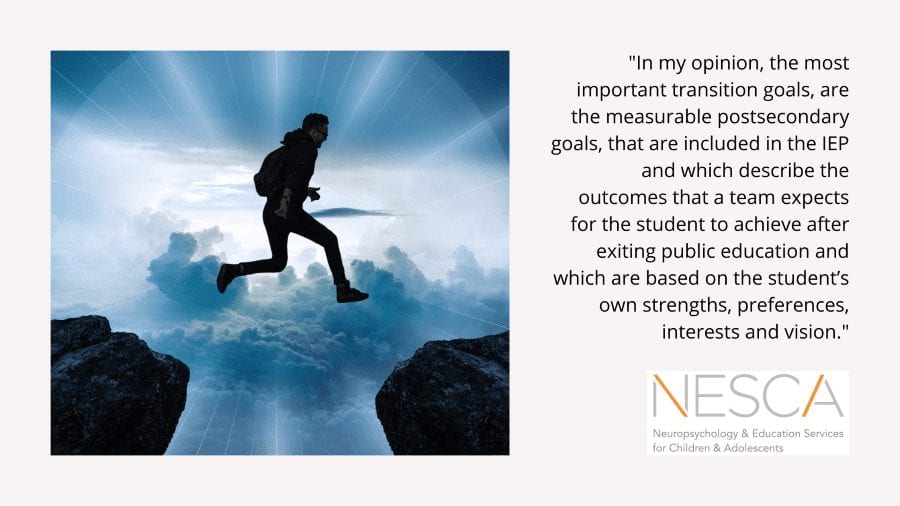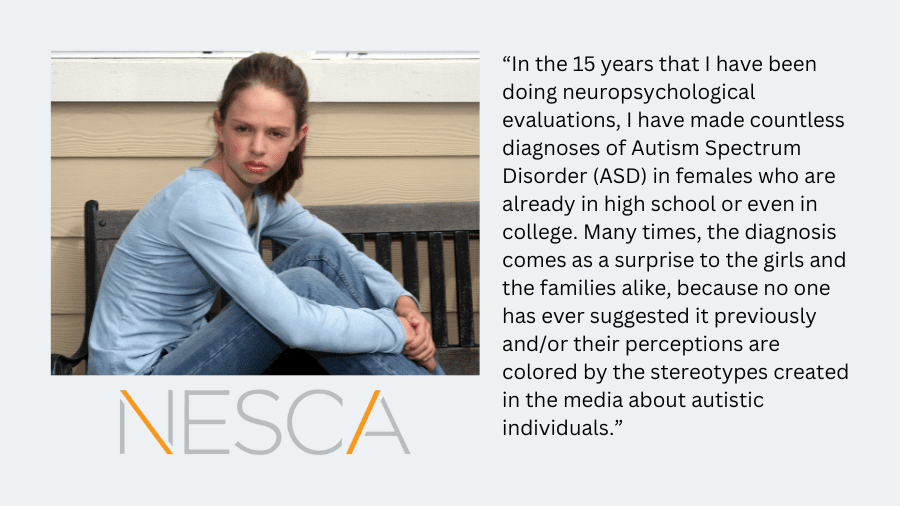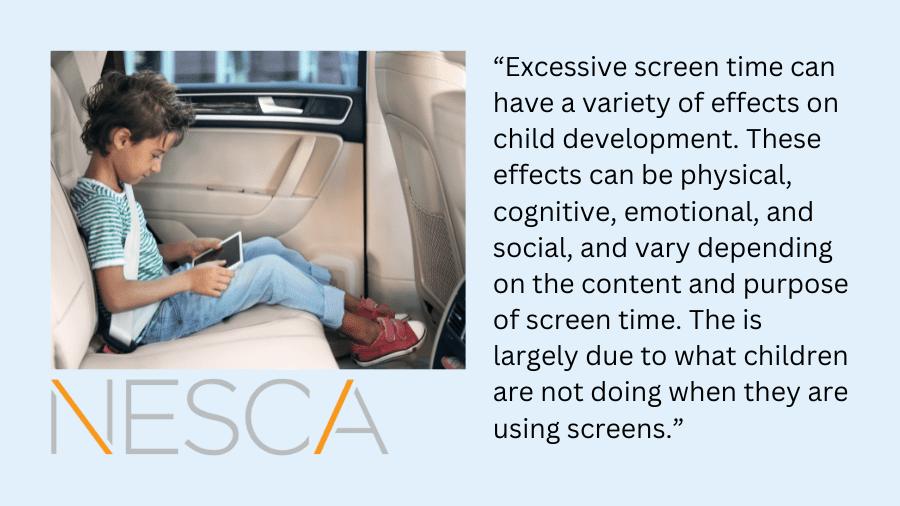
 By: Moira Creedon, Ph.D.
By: Moira Creedon, Ph.D.
Pediatric Neuropsychologist, NESCA
A child with significant mental health or developmental needs impacts the whole family system. The impact is multifaceted – from the way that a child interacts in the home environment to the challenging logistics of coordinating outpatient care and appointments. Families have to make sacrifices with their time, attention, and financial resources to address the mental health needs of one (and sometimes more than one) child. Families may also arrange schedules, including planning vacations or social events, for the family in order to accommodate treatment. It can add more stress when parents stop to consider: how is this impacting the other kids in the family?
To buffer siblings against negative impacts from being in the home with someone struggling with mental health:
- Create an environment of safety and predictability. Talk in a family meeting about basic safety needs for the household – things like being safe with your body, being safe with property, and maintaining basic travel safety (e.g., staying buckled in the car). It is important that all siblings hear the rules and the consequences for violating the rules. If there is an episode of dysregulation, it can be very helpful to return to this conversation again.
- Create a plan for when there is dysregulation. Remind your child/children without mental health concerns that the job of the parent is to re-establish safety, and where your other child/children should go while you address a problem. This can be their bedroom, basement playroom, or other identified place in the home. Take a moment to identify Plan B for where the safe place is if the dysregulation is happening in a common space. Talk to your child about what activities may distract and distance them from the commotion.
- Remind your child what adults are available for them. If you are in a two-parent household, one parent can address dysregulation, and the other can stay with the sibling(s). If you are in a one-parent household (or a partner is not home), remind your child that they can call the other parent, aunt, uncle, grandparent, or identified friend or neighbor if they need some reassurance.
- Put on your “oxygen mask” first. After an incident of dysregulation, check in with yourself as a parent to regulate emotionally before approaching your other child/children. Take a few moments for deep breaths or progressive muscle relaxation to calm your own nervous system. Once you are re-regulated, your message that safety has been re-established will be more soothing and believable.
- Set aside time in each day to connect with each child. The focus can often be on positive connection with the child struggling. But, all children need the positive connection, praise, and child-driven interactions. This can help ensure that all children receive the attention they need to thrive.
- Hold the frame. It can be easy to relax the rules with a sibling whose struggles and behavior may seem mild by comparison. It’s important to establish standards that work for each child’s unique skills and needs. It’s worth a candid conversation with each child about what the expectations are and why.
- Use the village. Establishing a support system is critical to buffer the entire family from the overwhelming stress that can accompany emotional health issues. Enlist the support of other family members, neighbors, teammates’ families, or school personnel. If you feel that your support system is small, start with your child’s pediatrician or school to connect to community resources.
- Reach out for help. It’s important to closely monitor siblings for signs of increased anxiety, stress response, low mood, or atypical behaviors. If you see classic signs of anxiety (fight/flight/freeze), reach out to your child’s school or pediatrician to evaluate symptoms and initiate treatment.
Additional resources to support siblings:
- Massachusetts Sibling Support Network at: https://www.masiblingsupport.org/
- Sibling Support Project at: https://siblingsupport.org/
- Sibling Support Project’s SibShops: https://siblingsupport.org/sibshops/find-a-sibshop-near-you/
About the Author
Dr. Creedon has expertise in evaluating children and teens with a variety of presenting issues. She is interested in uncovering an individual’s  unique pattern of strengths and weaknesses to best formulate a plan for intervention and success. With experiences providing therapy and assessments, Dr. Creedon bridges the gap between testing data and therapeutic services to develop a clear roadmap for change and deeper of understanding of individual needs.
unique pattern of strengths and weaknesses to best formulate a plan for intervention and success. With experiences providing therapy and assessments, Dr. Creedon bridges the gap between testing data and therapeutic services to develop a clear roadmap for change and deeper of understanding of individual needs.
If you are interested in booking an evaluation with Dr. Creedon or another NESCA neuropsychologist, please fill out and submit our online intake form.
NESCA is a pediatric neuropsychology practice and integrative treatment center with offices in Newton, Plainville, and Hingham, Massachusetts; Londonderry, New Hampshire; the greater Burlington, Vermont region; and Brooklyn, NY (coaching services only) serving clients from infancy through young adulthood and their families. For more information, please email info@nesca-newton.com or call 617-658-9800.






 staff at Johns Hopkins University and trained at the University of California, Los Angeles (UCLA). She provides comprehensive neuropsychological evaluations of children, adolescents, and young adults who have learning, behavioral, and socio-emotional challenges. Her areas of expertise include Autism Spectrum Disorder and other conditions that usually co-occur with this diagnosis; Attention-Deficit/Hyperactivity Disorder; Dyslexia and other Specific Learning Disabilities; and Anxiety/Depression. She thinks that the best part of being a pediatric neuropsychologist is helping change the trajectory of children’s lives.
staff at Johns Hopkins University and trained at the University of California, Los Angeles (UCLA). She provides comprehensive neuropsychological evaluations of children, adolescents, and young adults who have learning, behavioral, and socio-emotional challenges. Her areas of expertise include Autism Spectrum Disorder and other conditions that usually co-occur with this diagnosis; Attention-Deficit/Hyperactivity Disorder; Dyslexia and other Specific Learning Disabilities; and Anxiety/Depression. She thinks that the best part of being a pediatric neuropsychologist is helping change the trajectory of children’s lives.
 research and academia for over 30 years. She is a national consultant and speaker on program design and the inclusion of children and adolescents with special needs, especially those diagnosed with Autism Spectrum Disorder (ASD). Prior to joining NESCA, Ms. Lucci was the Principal of the Partners Program/EDCO Collaborative and previously the Program Director and Director of Consultation at MGH/Aspire for 13 years, where she built child, teen and young adult programs and established the 3-Ss (self-awareness, social competency and stress management) as the programming backbone. She also served as director of the Autism Support Center. Ms. Lucci was previously an elementary classroom teacher, special educator, researcher, school psychologist, college professor and director of public schools, a private special education school and an education collaborative.
research and academia for over 30 years. She is a national consultant and speaker on program design and the inclusion of children and adolescents with special needs, especially those diagnosed with Autism Spectrum Disorder (ASD). Prior to joining NESCA, Ms. Lucci was the Principal of the Partners Program/EDCO Collaborative and previously the Program Director and Director of Consultation at MGH/Aspire for 13 years, where she built child, teen and young adult programs and established the 3-Ss (self-awareness, social competency and stress management) as the programming backbone. She also served as director of the Autism Support Center. Ms. Lucci was previously an elementary classroom teacher, special educator, researcher, school psychologist, college professor and director of public schools, a private special education school and an education collaborative.




 working with children and young adults with complex emotional and behavioral profiles. She is skilled at evaluating social and emotional challenges as well as a range of learning profiles. Her experience allows her to guide families in understanding the supports and services their child requires to be successful in school.
working with children and young adults with complex emotional and behavioral profiles. She is skilled at evaluating social and emotional challenges as well as a range of learning profiles. Her experience allows her to guide families in understanding the supports and services their child requires to be successful in school.
 Erin Gibbons, Ph.D.
Erin Gibbons, Ph.D.
 from elementary school through young adulthood. In addition to direct client work, Ms. Badamo provides consultation and support to parents and families in order to help change dynamics within the household and/or support the special education processes for students struggling with executive dysfunction. She also provides expert consultation to educators, special educators and related professionals.
from elementary school through young adulthood. In addition to direct client work, Ms. Badamo provides consultation and support to parents and families in order to help change dynamics within the household and/or support the special education processes for students struggling with executive dysfunction. She also provides expert consultation to educators, special educators and related professionals.
Connect with Us